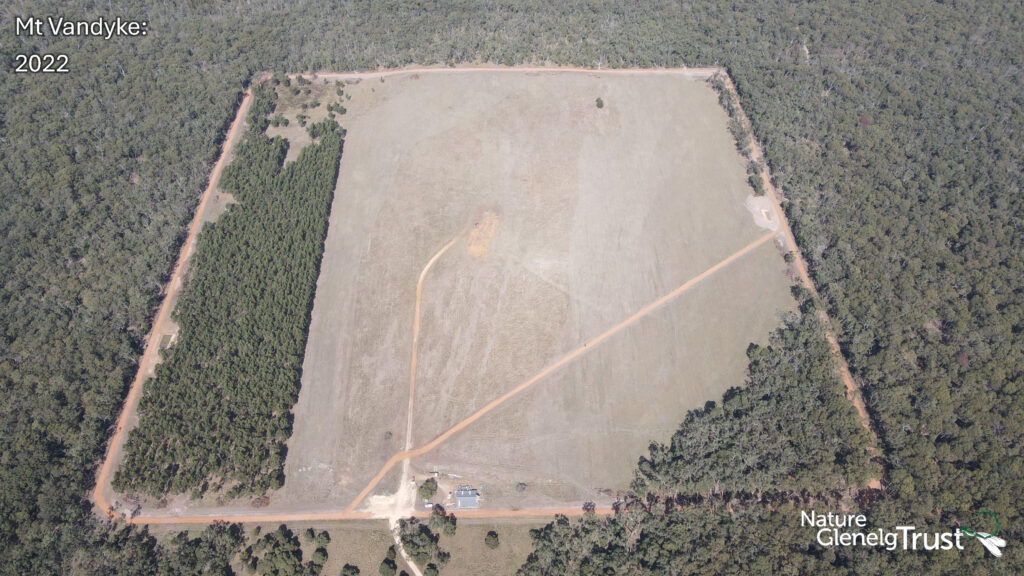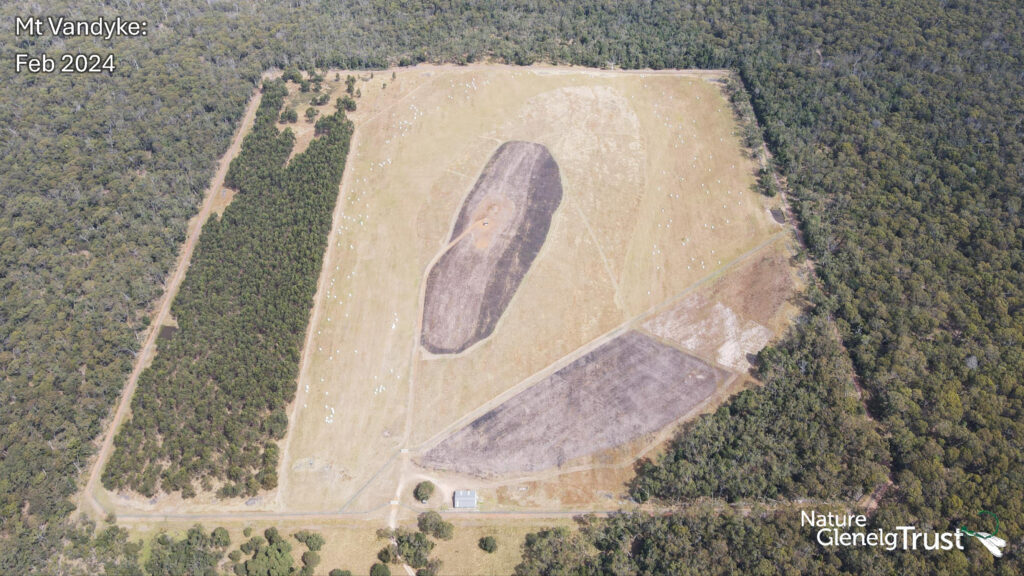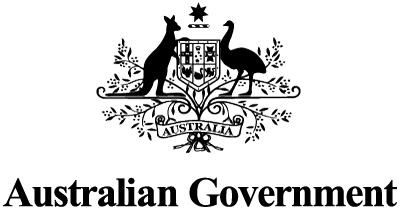A bird’s-eye view of Mt Vandyke reveals the extent of recent prescribed burns
In last’s months newsletter, John filled us in on the success of the recent successful prescribed burn at Mt Vandyke, undertaken to help reduce biomass as a key step in the process to prepare the site for re-establishment of native grassland habitat.
As it turns out, while I was on my way past the site the other day, I was able to capture some helpful ‘bird’s-eye view’ images that show the areas of the site where the prescribed burn was conducted.
First up, for context, here is a before image when the predator-proof fence was under construction in autumn 2022…
… and here is the same view in February 2024, showing the two areas that were burned successfully in January. These are: the area on the top of the hill (centre of image), and a zone of the smaller fenced compound near the shed, outside the main enclosure.
We’re also currently working on plans that will hopefully see the last of the Tasmanian Blue Gum plantation at Mt Vandyke (shown flanking the left hand side of the hill in the image above) harvested (and stumps treated) at some stage in the not too distant future. We’ll keep you posted on that in future updates.
The trial grassland planting area (which is situated in the area to the right of burn zone at the bottom of the image above) that Melissa wrote about last month, is also looking great, with plenty of growth occurring thanks to the early summer rains (which are now a distant memory!).
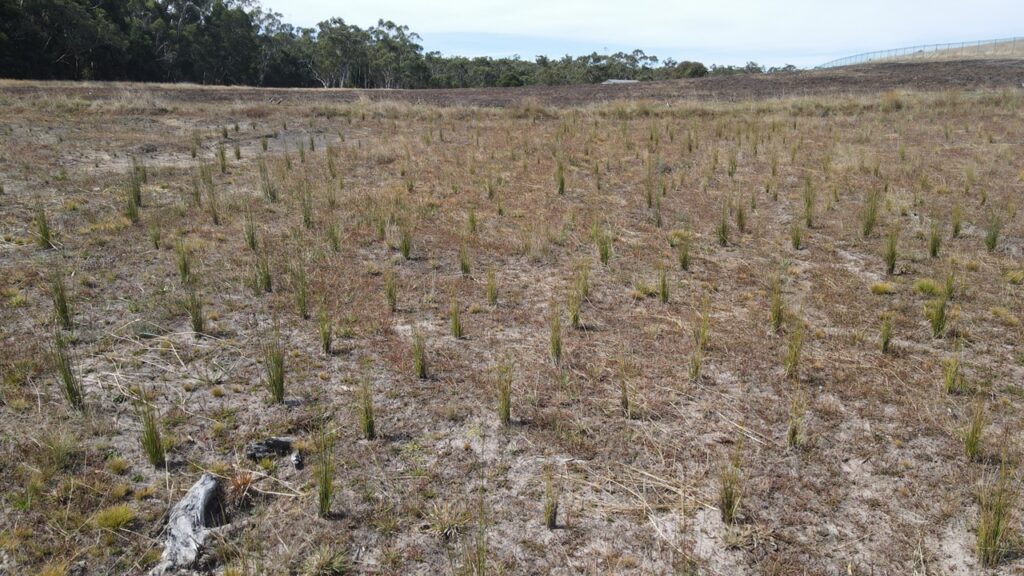
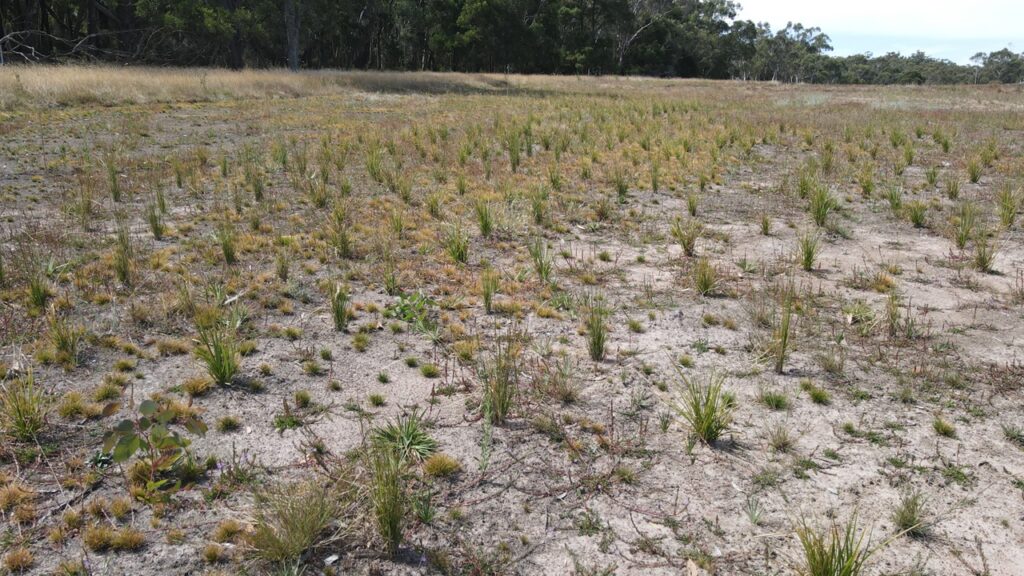
Finally, to give you a sense of why we think this is a pretty special place to be restoring a threatened grassland community of the Victorian Volcanic Plain, ahead of the future release of the threatened small mammals at this site, take a moment to soak up the wider landscape context below!
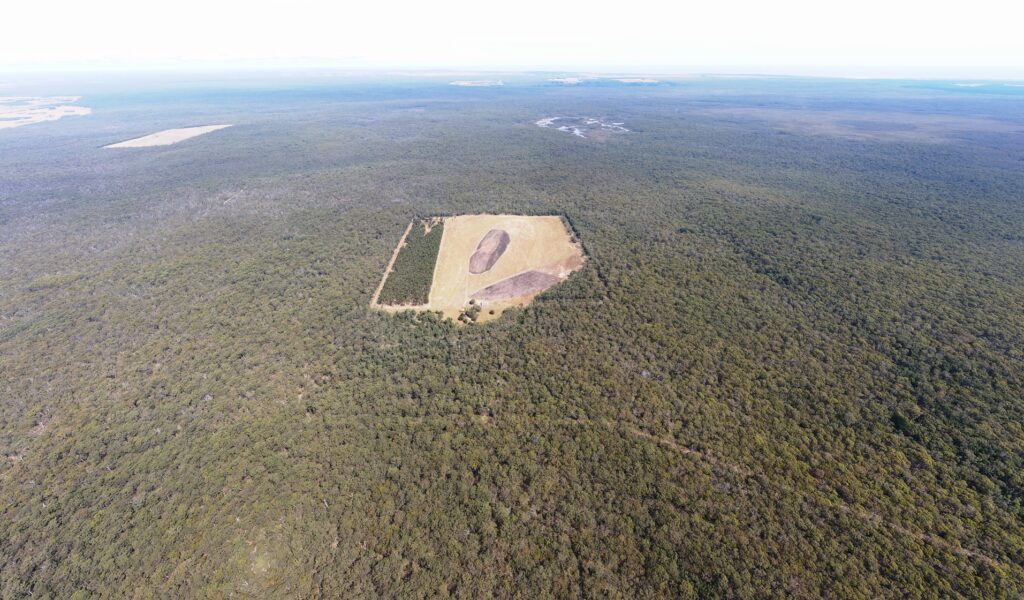
We gratefully acknowledge our generous supporters and donors for making the purchase and on-going restoration of the site a reality.

